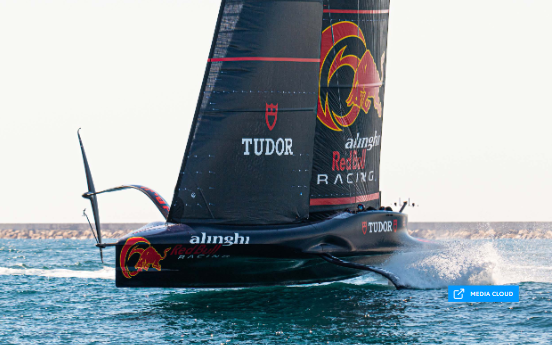
The Most Prestigious Sailing Race Since 1851
Welcome to a Guide to the America’s Cup AC75 taking place in the vibrant city of Barcelona. Having competitively raced America Cup 12 meters, I couldn’t be more excited to share this event with you. The America’s Cup is the pinnacle of sailing competitions, combining cutting-edge technology with elite athleticism. Barcelona’s unique maritime culture and stunning coastline provide a breathtaking backdrop for this exhilarating event. This video captures the essence of the race, the intricate strategies employed by the teams, and the sheer beauty of the sport.
AC75
AC75 yachts are a class of high-performance sailing yachts used in the America’s Cup, the oldest international sailing competition. Here are some key characteristics and details about AC75 yachts:
Design and Specifications
- Monohull Design: AC75 yachts are monohull boats, but unlike traditional monohulls, they have no keel. Instead, they use advanced hydrofoils to lift the hull out of the water, reducing drag and increasing speed.
- Foiling Technology: The yachts feature large T-shaped foils on either side, which allow them to “foil” or lift above the water’s surface. This technology enables the yachts to achieve speeds in excess of 50 knots (about 92.6 km/h or 57.5 mph).
- Length and Beam: The length of an AC75 yacht is 75 feet (approximately 22.9 meters). The beam (width) when foiling is around 5 meters (16.4 feet), but it can be wider when the foils are down.
- Crew: The yacht is typically sailed by a crew of 11. The crew must work in unison to manage the complex sail and foil controls while maintaining balance and speed.
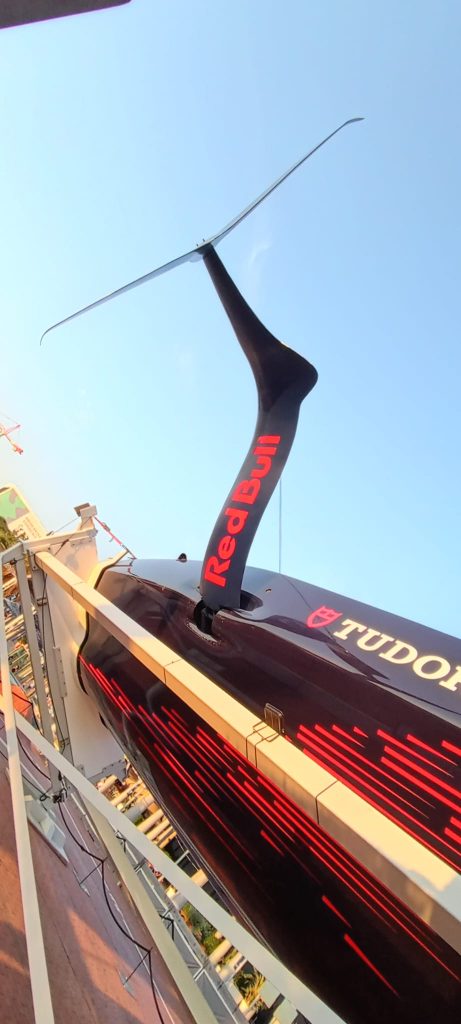
Performance and Innovation
- Speed and Agility: The hydrofoiling capability allows AC75 yachts to sail faster and more efficiently than traditional monohull designs. The boats can “fly” above the water, dramatically reducing hydrodynamic drag.
- Wing Sails: Instead of traditional fabric sails, AC75 yachts use rigid wing sails, which are more efficient and provide greater control and power.
- Advanced Materials: These yachts are constructed from high-tech materials like carbon fiber composites, which provide strength and rigidity while keeping weight to a minimum.
Competition and Rules
- America’s Cup: The AC75 class was introduced for the 36th America’s Cup, held in Auckland, New Zealand, in 2021. The competition features match races between two boats, with teams representing different yacht clubs.
- Regulations: The design of AC75 yachts is governed by a set of class rules that ensure a level of fairness while still allowing for significant design innovation and technological advancements. Teams invest heavily in research and development to gain a competitive edge within the rules.
- Challenger Series: Before the final America’s Cup match, challengers compete in a series of races (the Prada Cup) to determine which team will face the defender (the current holder of the America’s Cup).
Notable Teams
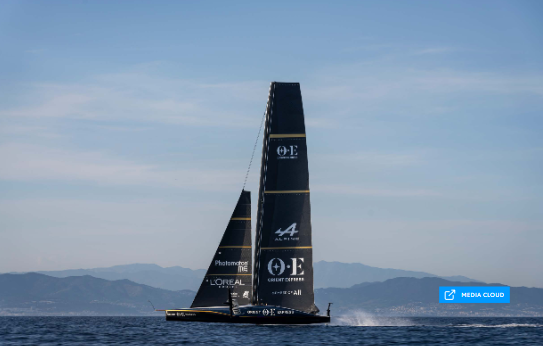
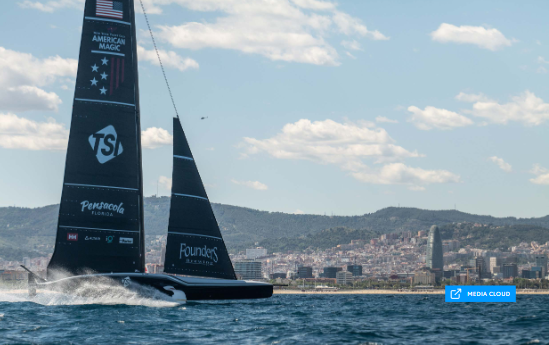
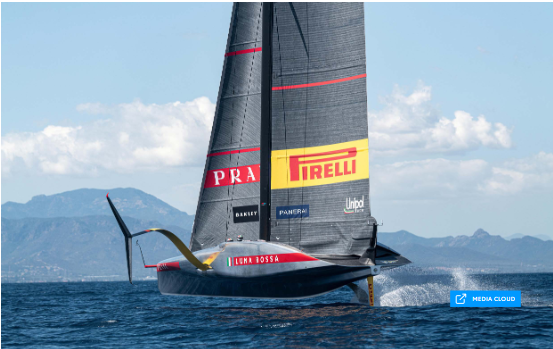

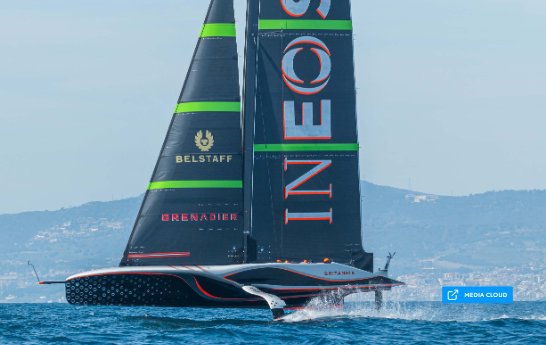
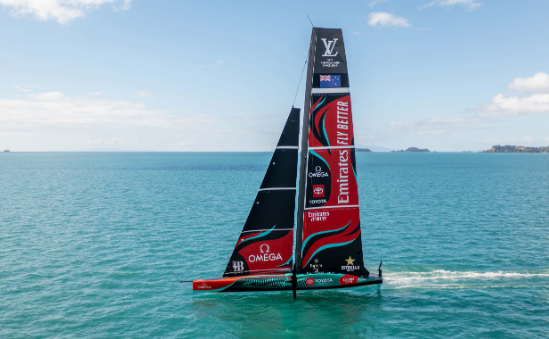
- Emirates Team New Zealand: The current defender of the America’s Cup, known for their innovative designs and successful campaigns.
- Luna Rossa Prada Pirelli Team: An Italian team that has been a consistent challenger in the America’s Cup.
- INEOS Team UK: A British team that has made significant investments in their AC75 campaign.
- American Magic: The American team representing the New York Yacht Club, with a strong history in America’s Cup competition.
The AC75 class represents the cutting edge of sailing technology, combining advanced engineering, innovative design, and top-tier athletic performance.
- Historical Significance: The America’s Cup has a rich history dating back to 1851, making it the oldest international sporting trophy.
- Technological Innovation: Modern America’s Cup yachts are marvels of engineering, featuring advanced materials and design to maximize speed and performance.
- Team Dynamics: Success in the America’s Cup hinges on flawless teamwork and strategic execution, both on and off the water.
Step-by-Step Process: How the America’s Cup Unfolds
- Preparation Phase: Teams spend years preparing for the America’s Cup, including boat design, training, and preliminary races.
- “Every detail, from the hull shape to the sail configuration, is meticulously optimized,”
- Key Takeaways
- Comprehensive Preparation: Success in the America’s Cup requires years of dedicated preparation, from boat design to crew training.
- Strategic Planning: Teams must meticulously plan their strategies, taking into account every variable from wind conditions to competitor tactics.
- Technological Mastery: Cutting-edge technology and innovation are at the heart of modern America’s Cup competitions.
- Step-by-Step Process: Preparing for the America’s Cup
- Forming the Team: Assembling a skilled and cohesive team is the first critical step.
- “The best teams combine a mix of experienced sailors, engineers, and strategists,” says Joe.
- Design and Construction: Designing and building the yacht involves extensive research and collaboration with top marine engineers.
- Modern AC75 yachts are engineering marvels, utilizing hydrofoils to achieve unprecedented speeds.
- Training and Testing: Teams undergo rigorous training and testing to refine their techniques and optimize performance.
- This phase includes both on-water practice and simulated racing scenarios.
- Preliminary Races: Competing in preliminary races such as the Prada Cup helps teams gauge their performance and make necessary adjustments.
- “These races are crucial for identifying strengths and weaknesses,” Joe explains.
- Final Preparations: As race day approaches, teams fine-tune their strategies and ensure their equipment is in peak condition.
- This includes last-minute adjustments based on weather forecasts and competitor analysis.
- Resources Mentioned
- AC75 Yachts: These state-of-the-art boats feature hydrofoils that lift the hull out of the water to reduce drag and increase speed.
- They are designed for maximum efficiency and performance.
- Hydrofoil Technology: Advanced technology that allows the yacht to “fly” above the water, drastically reducing drag.
- This innovation is a game-changer in modern yacht racing.
- Weather Routing Software: Tools used to predict optimal sailing conditions and strategic planning.
- This software is essential for making real-time decisions during the race.
- Sailing Simulators: High-tech simulators used for training and strategy development.
- They provide a controlled environment to test different scenarios and strategies.
- Challenger Selection Series: Known as the Prada Cup, this series determines which team will challenge the defending champion.
- The Prada Cup is a series of match races that test the skill and strategy of each team.
- The Final Match: The main event is a head-to-head series of races between the defending champion and the challenger.
- “It’s a high-stakes battle where every second counts,” Joe explains.
Resources Mentioned
- AC75 Yachts: The cutting-edge sailboats used in the America’s Cup, featuring hydrofoils that lift the hull out of the water for reduced drag.
- These yachts represent the pinnacle of sailing technology, combining speed with agility.
- SailGP: A global sailing championship that shares some of the advanced technologies seen in the America’s Cup.
- SailGP offers a glimpse into the innovations driving the sport forward.
- Weather Routing Software: Tools used by teams to predict and optimize sailing conditions.
- This software is crucial for strategic planning and race-day decision-making.
Expert Advice
As someone deeply embedded in the sailing community, my best advice is to immerse yourself in the sport. Attend local regattas, follow major events like the America’s Cup, and consider joining a sailing club. The more you engage with the community, the more you’ll appreciate the nuances of this incredible sport.

